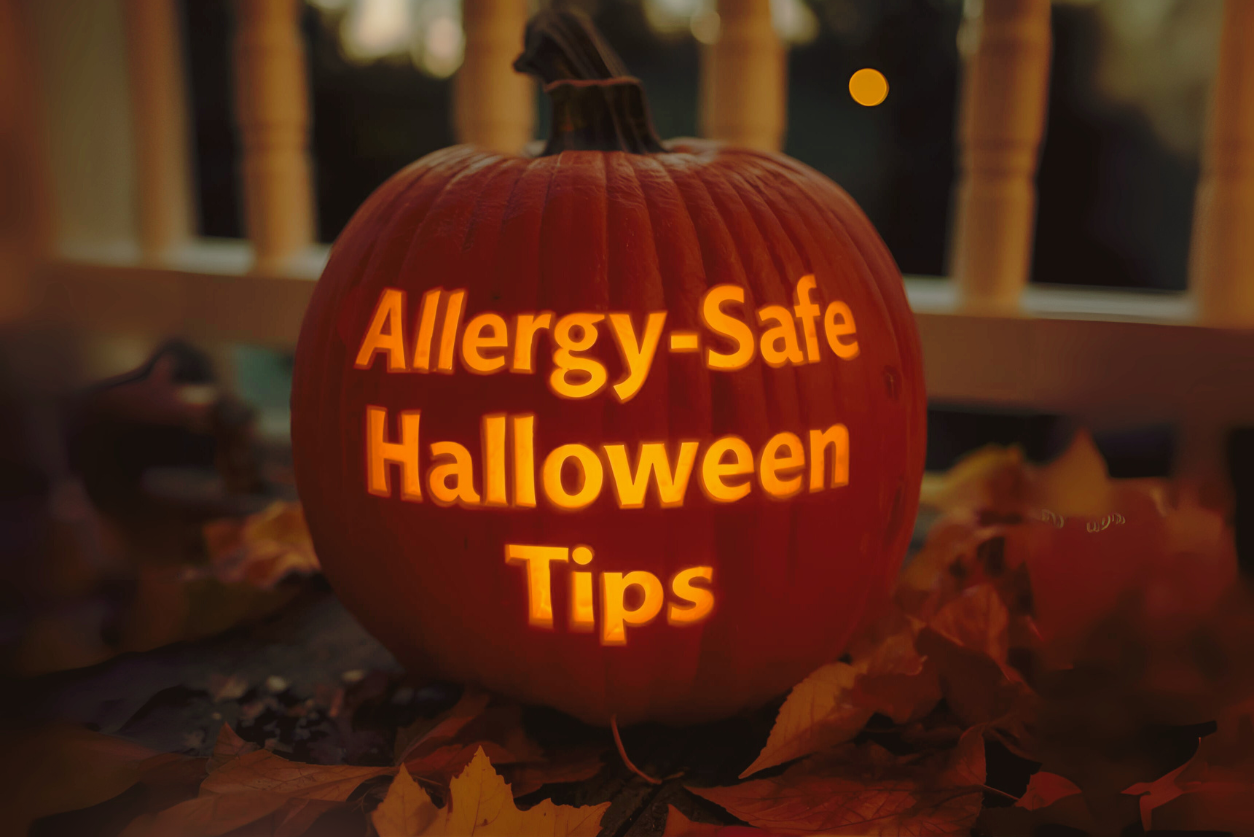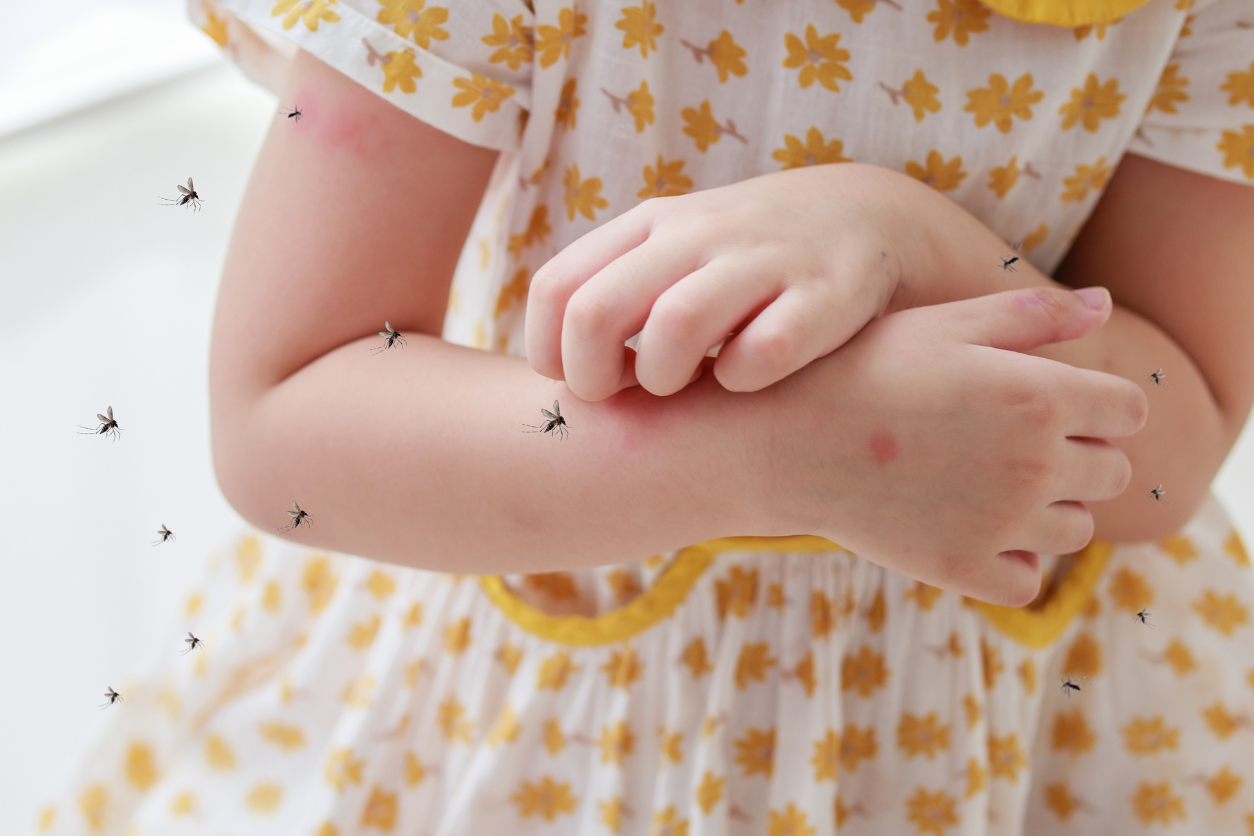Spring is a time of renewal, with flowers blooming and trees turning green again. But for many, it’s also the season of sneezing, itchy eyes, and a stuffy nose. Spring allergies, often caused by pollen from trees, grasses, and flowers, can make what should be an enjoyable time of year a bit miserable. Fortunately, you can use some simple tips and tricks to help manage your symptoms and get back to enjoying the outdoors.
1. Monitor Pollen Counts and Plan Accordingly
One of the best ways to manage spring allergies is to stay ahead of the pollen. Pollen counts fluctuate throughout the day and are typically higher in the morning and early afternoon. You can easily monitor the pollen count in your area through weather apps, allergy websites, or local news stations. When the pollen count is particularly high, try to stay indoors as much as possible, especially during peak hours. If you must go outside, consider wearing sunglasses to protect your eyes from pollen.
2. Keep Windows Closed
While the warm weather and fresh air are inviting, keeping your windows closed can make a big difference in managing your allergies. Open windows allow pollen to enter your home; even a tiny amount can cause discomfort. Keeping your home sealed off from the outdoors can help minimize your exposure. If you need fresh air, consider using an air purifier with a HEPA filter to clean the indoor air and reduce allergens.
3. Use a HEPA Air Purifier
Speaking of air purifiers, investing in a HEPA air purifier for your home is a great way to improve indoor air quality. HEPA (High-Efficiency Particulate Air) filters can trap small particles like pollen, dust, and pet dander, preventing them from circulating throughout your living space. Placing an air purifier in your bedroom, living room, or frequently used area can relieve indoor allergens. Make sure to clean or replace the filters regularly to ensure maximum efficiency.
4. Shower After Being Outdoors
After spending time outdoors, it’s important to rinse off the pollen that may have clung to your hair, skin, and clothes. Taking a shower as soon as you get home and changing into fresh clothes can help prevent pollen from spreading through your home and onto furniture
or bedding. This simple habit can also provide immediate relief from itchy eyes and a scratchy throat caused by pollen exposure.
5. Keep Pets Clean
Pets love to explore the outdoors; unfortunately, they can bring pollen into your home on their fur. If you have pets, wipe them down with a damp cloth after they’ve been outside. Regular baths (depending on your pet’s breed and grooming needs) can also help reduce the pollen they carry indoors. This helps with your allergy symptoms and keeps your furry friend clean and comfortable. As it starts to warm up, look at ways to help with pet dander that comes from shedding.
6. Over-the-Counter Medications
For many people, over-the-counter (OTC) medications like antihistamines, decongestants, and nasal sprays effectively relieve allergy symptoms. Antihistamines block the release of histamine, a chemical in your body that triggers allergic reactions. Nasal sprays can help reduce inflammation in your nasal passages, making breathing easier. Be sure to follow the directions on the packaging and consult with your healthcare provider before starting any new medication, especially if you have pre-existing health conditions.
7. Rinse Your Sinuses
Another simple and effective method to alleviate spring allergy symptoms is a saline nasal rinse, such as using a neti pot or saline spray. This process helps remove allergens like pollen, dust, and mucus from your nasal passages, providing immediate relief from congestion and irritation. Use sterile water and clean your devices properly to avoid infection.
8. Choose Allergy-Friendly Plants
If you’re someone who enjoys gardening, consider planting allergy-friendly plants in your yard or garden. While many plants release pollen that can trigger allergies, there are alternatives that are less likely to cause problems. Opt for low-pollen flowers or minimal fragrance, such as marigolds, begonias, or hydrangeas. By making the right choices, you can create a beautiful outdoor space that doesn’t leave you sneezing.
9. Consider Allergy Shots or Allergy Drops
If your allergies are severe and impacting your daily life, it might be worth discussing long-term solutions with an allergist. Allergy shots, also known as immunotherapy, can help desensitize your immune system to allergens over time. This treatment typically involves a series of shots that expose you to small amounts of the allergens you’re sensitive to, helping your body build up a tolerance.
Allergy drops work in similar ways to drops, but they are self-administered at home. This can be a good option for young children or people with busy schedules.
Learn more about allergy shots and allergy drops in this blog post about comprehensive allergy testing.
10. Stay Hydrated and Eat Well
Staying hydrated is important for your overall health, but it can also help your body cope with allergies. Drinking plenty of water helps thin mucus, making it easier to clear out allergens from your system. Additionally, eating a balanced diet rich in fruits, vegetables, and healthy fats can boost your immune system, making it more resilient to allergic reactions.
It’s Time to Enjoy Spring
Spring allergies are a common and often frustrating part of the season, but with a few simple tips and lifestyle adjustments, you can take control and find relief, allowing you to enjoy everything this vibrant time of year has to offer. From tracking pollen counts to keeping your home allergen-free, taking proactive steps can make a world of difference.
If your symptoms persist or worsen, give us a call to discuss personalized treatment options. You deserve to enjoy spring. Stop sneezing and being miserable and live life to the fullest.
Here’s to a sneeze-free, allergy-friendly spring!





